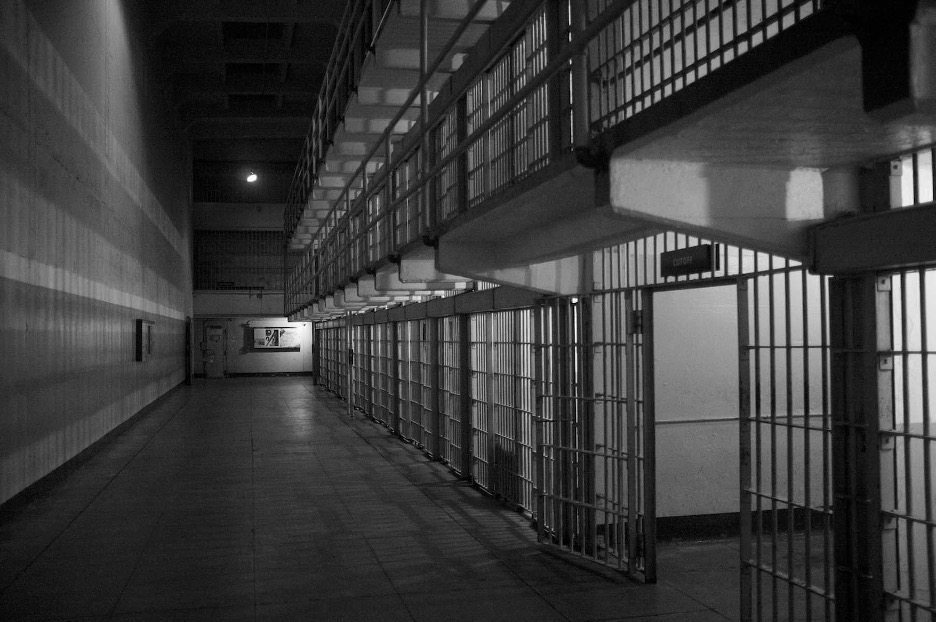 The role of corrections agencies is twofold: maintaining security within correctional facilities and ensuring that incarcerated individuals have access to programs that reduce recidivism and promote a safe return to society. However, these goals are becoming increasingly difficult to achieve due to significant workforce shortages, outdated processes, and inefficient resource allocation.
The role of corrections agencies is twofold: maintaining security within correctional facilities and ensuring that incarcerated individuals have access to programs that reduce recidivism and promote a safe return to society. However, these goals are becoming increasingly difficult to achieve due to significant workforce shortages, outdated processes, and inefficient resource allocation.
As agencies struggle with staffing and operational challenges, many are turning to technology to bridge the gaps, streamline processes, and ensure that officers can focus on their core responsibilities. This article explores the workforce crisis in corrections, its impact, and how modern technology is empowering correctional agencies to do more with less.
The Staffing Crisis in Corrections
Staff shortages in correctional facilities have reached critical levels, placing immense pressure on officers and compromising institutional safety. The correctional workforce is shrinking due to high turnover, low recruitment rates, and the stressful nature of the job. According to a report by Correctional News, correctional officer vacancies have led to staff working excessive overtime, contributing to burnout and decreased job satisfaction. Meanwhile, a study by The Carey Group highlights that overburdened staff are more likely to leave the profession, worsening the crisis.
The Impact of Staffing Shortages
Staff shortages don’t just affect officers; they also disrupt prison operations and compromise safety. Reduced staff numbers can have serious consequences:
- Increased incidents of violence: A lack of officers leads to slower response times and higher rates of inmate assaults. Correctional officers are 36 times more likely to experience workplace violence than workers in other fields.
- Overworked personnel: Officers are forced to take on additional roles they are not trained for, leading to inefficiencies and potential safety issues.
- Reduced access to rehabilitation programs: Insufficient staffing limits the availability of educational and vocational programs that help individuals reintegrate into society.
- Declining mental health among officers: chronic understaffing contributes to severe stress and burnout. A recent study by researchers at Southern Illinois University found that 34% of corrections officers report experiencing post-traumatic stress disorder (PTSD)—more than double the rate among military service members.
Lagging Tech Adoption and Labor-Intensive Processes
Despite the challenges corrections agencies face, many still rely on outdated systems and manual processes, making operations less efficient and further burdening staff. Many agencies hesitate to adopt new technology due to the complexities of training staff, especially with high turnover rates. A Corrections1 article highlights that resistance to change has left many facilities dependent on antiquated workflows.
Many corrections agencies still rely on paper records, which take up significant administrative time. This labor-intensive system pulls officers away from directly supervising inmates or meeting with released parole or probation offenders. Additionally, paper records are difficult to search, making data-driven decision-making nearly impossible. With this lack of data access, officers struggle to maintain awareness of critical information, such as an inmate’s history of violence or suicidality, which could help prevent incidents and enhance safety.
How Technology Can Help
Modern technology solutions can alleviate many of the challenges facing correctional facilities. From smarter scheduling to real-time communication and community supervision automation, these tools are helping agencies do more with fewer resources while maintaining safety and supporting rehabilitation.
Smarter Scheduling to Prevent Burnout
Workforce scheduling solutions help facilities minimize overtime and better allocate shifts, which is critical to preventing burnout and fatigue. Advanced scheduling software allows agencies to automate shift planning, ensuring compliance with labor policies while maintaining appropriate coverage. Mobile apps using iOS or Android devices allow officers to view their schedules and receive scheduling reassignments in real-time. Mobile app self-services enable officers to view and sign up for vacancy backfill opportunities, reducing staffing burdens. Advanced data analytics also support staffing decisions by identifying trends and forecasting future needs, which is particularly useful for adjusting schedules in response to fluctuating inmate populations.
Automating Workforce Processes Across Roles and Locations
Corrections agencies often manage complex teams, including civilian staff, officers of varying ranks, and multiple facility locations, all of which are governed by different rules. Automated workforce management tools ensures compliance with agency policies, contract rules, and staffing policies while centralizing management oversight. These systems also enables real-time adjustments so agencies can rapidly respond to changing needs or staff shortages. Whether managing time-off requests or ensuring shift coverage, automation reduces the risk of human error and improves workforce agility.
Centralized, Digital Access to Training and Certification
Up-to-date training is critical, especially in corrections, where officer safety and inmate rehabilitation are at stake. Agencies can ensure compliance without adding to administrative loads by automating training scheduling and tracking. This approach eliminates manual tracking and enables supervisors to verify certifications in just a few simple clicks. Training management solutions can help agencies meet regulatory standards while reducing delays in deploying trained personnel. This type of automation ensures that no training lapses go unnoticed, even during high turnover or staffing disruptions.
Enhanced Access to Information and Communication
In a high-stakes environment like corrections, rapid access to information is critical. Paper records slow response times and make assessing an inmate’s history difficult. Digital platforms enable officers to instantly retrieve essential data such as behavioral flags, incident history, or medical alerts. Digital systems also improve cross-agency communication and collaboration. For example, if a high-risk inmate is transferred to a different facility, staff can access their records immediately, reducing the chance of oversight. This real-time communication promotes officer safety, streamlines coordination, and ensures that decisions are based on current, complete information.
Common Sense Tools that Uncomplicate Parole and Probation Supervision
As demands grow, it has made it increasingly difficult to meet the core mission of correctional agencies: keeping people safe and healthy when incarcerated and providing the tools and opportunities for them to successfully reenter society. Using technology, common sense solutions are being provided that support parole and probation supervision.
For example, officers are easily sending reminders about court dates and appointments. Rather than having clients come on-site for meetings, officers can conduct check-ins using video chats, web portals, or telephone IVR with reporting that automatically save reporting results. Officers can communicate in real-time using 2-way text messaging, generate pictures or videos and send them them in real-time. These simple examples uncomplicate many of the tools agencies have been relying upon that are less effective at monitoring compliance.
The Path Forward: Leveraging Technology for Sustainable Corrections Management
The corrections workforce crisis demands urgent action. While hiring and retention efforts are critical, technology provides immediate, scalable solutions to address the most pressing challenges.
By integrating workforce scheduling and supervision tools, digital records management, and automation based on policies, correctional agencies can:
- Reduce administrative burdens on staff and minimize officer burnout
- Improve scheduling and reduce overtime costs
- Enhance communication and data sharing across facilities
- Strengthen overall safety and operational efficiency
- Decrease recidivism and support successfully reentry into society
The right technology empowers officers to focus on high-impact responsibilities while ensuring correctional facilities meet their dual security and rehabilitation mission. For agencies looking to stay ahead of public safety workforce challenges, investing in innovative solutions is no longer an option ... it’s a necessity.
Learn more about how FieldWare serves corrections by visiting our Corrections page. And stay informed about the latest trends and technologies shaping public safety by subscribing to the FieldWare blog.

